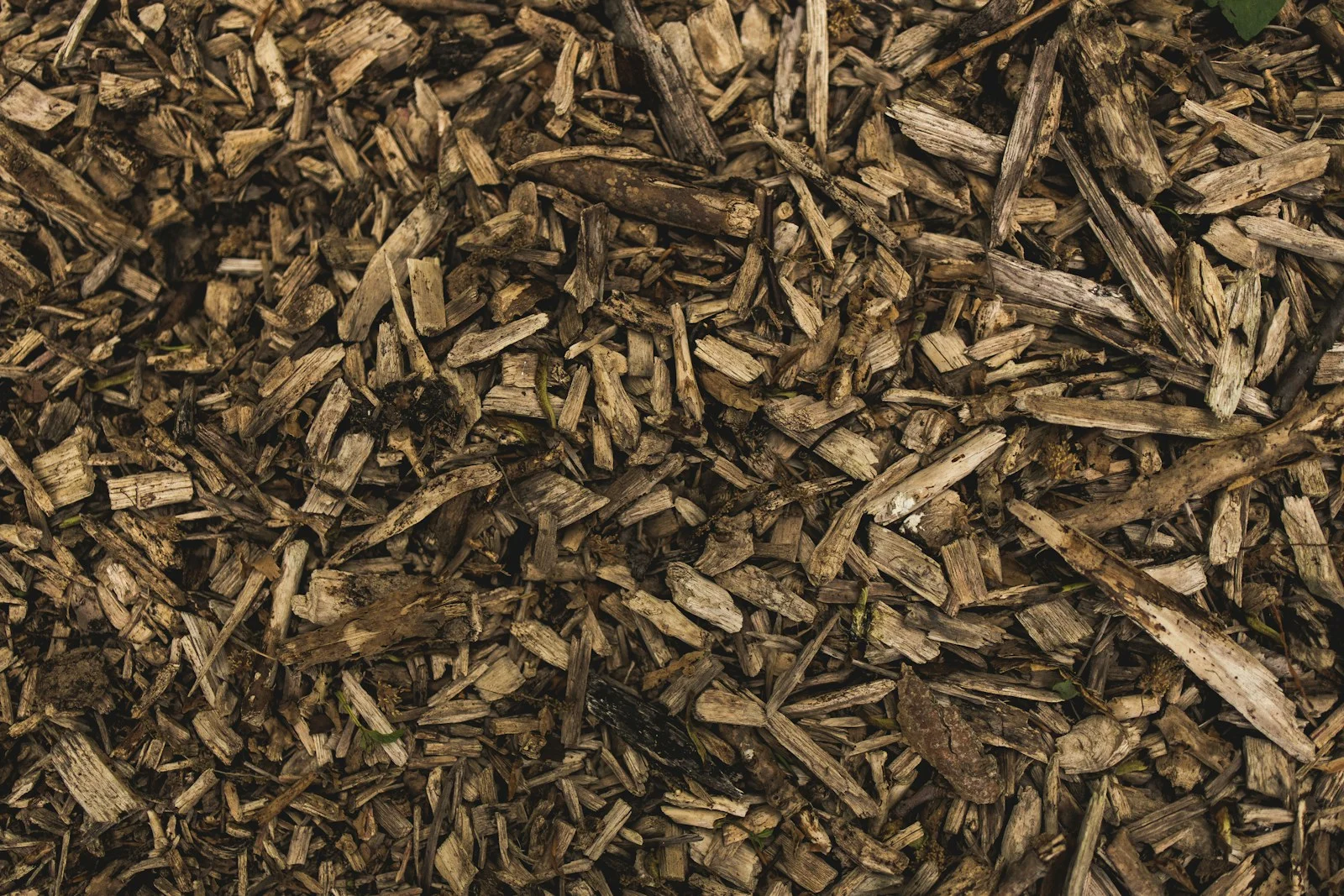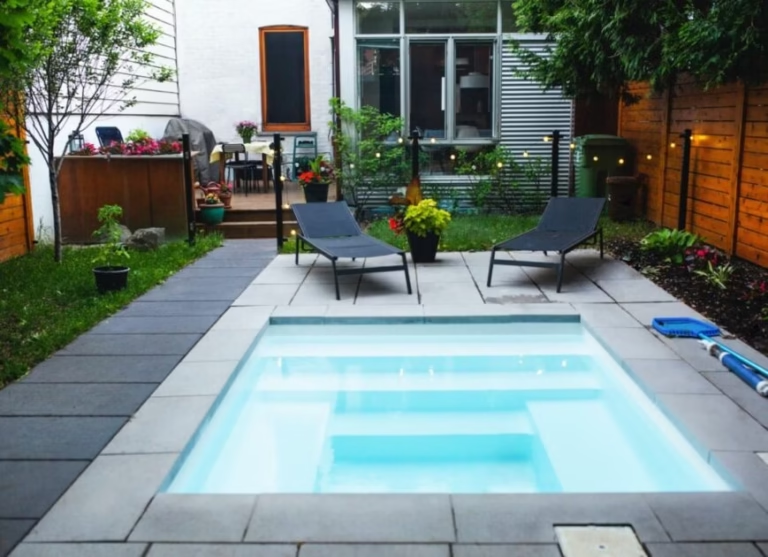The Ultimate Mulch Calculator: Your Definitive Guide to Calculating How Much Mulch You Need for Any Landscaping Project

The Ultimate Mulch Calculator: Your Definitive Guide to Calculating How Much Mulch You Need for Any Landscaping Project
Welcome to the most comprehensive guide available on how to calculate how much mulch i need. Whether you are planning a small backyard flower bed in the USA, preparing a large landscaping project in Canada, or ordering in meters for a job in the UK or Australia, this guide—paired with our advanced, ultra-fast mulch calculator tool—will ensure you purchase the correct amount every single time. Stop wasting money on excess material or delaying your project because you didn’t calculate mulch needed correctly. This resource is brought to you by Fit For Yard, your home for all yard and garden tools.
This resource is designed to be your one-stop-shop for everything from simple square footage needs to complex cost analysis using our integrated mulch cost calculator. We cover every facet of materials, from wood chips and bark to specialized products like rubber mulch and stone mulch.
Part I: Mastering the Core Calculation: Cubic Yards, Cubic Feet, and Coverage
The foundational question for any landscaping enthusiast is, “How much mulch do i need calculator?” The answer always revolves around volume, typically measured in cubic yards of mulch in North America, or cubic meters internationally. Our tool simplifies this complex volume math, but understanding the basics is key to successful application.
Understanding Mulch Volume and Units
To successfully calculate cubic yards of mulch, you must first understand the relationship between area, depth, and volume. This crucial step is often overlooked, leading to mistakes in ordering.
The Dominance of the Cubic Yard
In the USA and Canada, bulk material is almost always sold by the cubic yard. One cubic yard is equal to 27 cubic feet. Knowing how to quickly calculate mulch yardage is crucial for bulk orders. Our cubic yard calculator mulch feature provides this primary output instantly, saving you time and preventing conversion errors.
Calculating Mulch Coverage: Square Feet to Yards
When you look up “how to calculate mulch,” the first step is always to find the total area using a mulch square footage calculator. You multiply the length of your area by the width of your area. Once you have the square feet, you must account for the depth to find the volume.
For instance, if you have an area that is 10 feet long and 10 feet wide, that is 100 square feet. If you want a 3-inch layer of mulch (the recommended depth), you multiply the square footage by the depth (converted to feet) to find the volume in cubic feet. Then you simply divide that cubic feet number by twenty-seven to get the mulch calculator cubic yards figure. This is the simple logic behind the calculation.
The Role of Depth (Inches) and Material Type
The depth of your mulch coverage directly impacts the final volume. Most gardening experts recommend a depth of 2 to 4 inches for general landscaping. The coarser the material, the deeper the layer should be to prevent sunlight penetration and weed growth. Remember that every cubic foot calculation requires the mulch depth to be accurate.
Part II: Manual Calculation vs. The Advanced Mulch Calculator Tool
While our tool provides instant, multi-unit results, understanding how to calculate how much mulch you need manually is empowering. It helps you verify your numbers and troubleshoot any issues with your measurements.
Step-by-Step Manual Calculation (No Formulas)
This method applies to finding the calculate mulch amount for any basic rectangular or square area:
- Measure Area: Find the length and width of your area in feet. Multiply these two numbers to get the mulch square footage.
- Apply Depth: Decide on your desired mulch depth in inches (usually 3 inches).
- Find Cubic Feet: Multiply your square footage by your depth in inches. Then, divide that result by 12. This gives you the precise total volume in cubic feet calculator for mulch.
- Convert to Yards: To get the final order size, take the cubic feet total and divide it by 27. This number tells you how many yards of mulch you need.
For irregularly shaped beds, we recommend using our Soil Calculator guide’s section on irregular area measurement, which uses similar segmentation logic, before feeding the total square footage into the mulching calculator above.
Why Use an Online Mulch Calculator?
Even if you know how to calculate a yard of mulch, an automated tool prevents common errors like forgetting the depth conversion or rounding inaccurately. Our online mulch calculator provides instant results in cubic yards, cubic feet, and cubic meters, making it the best mulch calculator for any user, whether in the US, Canada, or Australia.
Part III: The Buying Decision: Bulk vs. Bagged Mulch and Full Cost Analysis
One of the biggest financial decisions is whether to purchase bulk mulch calculator style or use a bag mulch calculator. This decision significantly affects your mulch cost calculator result.
Bulk Mulch (The Economical Choice)
- Best for: Large landscape mulch calculator projects (usually 10 yards or more).
- Unit of Sale: Cubic Yards.
- Cost Factor: Bulk mulch is almost always cheaper per cubic yard than bagged mulch. You often see prices quoted per cubic yard.
- Delivery: Typically dumped in one large pile in your driveway.
- Keyword Focus: If you are asking how to calculate cubic yards of mulch, bulk is your answer.
Bagged Mulch (The Convenient Choice)
- Best for: Small flower beds, top-ups, or projects where the delivery of a large bulk pile is not feasible.
- Unit of Sale: Sold in cubic feet (most common sizes are 2 and 3 cubic feet).
- Cost Factor: More expensive by volume, but easier to transport and manage.
- Keywords: This is where the mulch bag calculator, bagged mulch calculator, and brand-specific terms like lowes mulch calculator and home depot mulch calculator become relevant.
How to Use the Mulch Bag Calculator Feature
To determine the calculate bags of mulch needed:
- First, determine the total cubic feet required (using the methods in Part II).
- Next, you must know the volume of the bag you plan to purchase (e.g., 2 cubic feet).
- Finally, take the total cubic feet and divide it by the bag volume. The calculate mulch bags needed figure must always be rounded up to the nearest whole number to ensure you have complete mulch coverage.
In-Depth Mulch Cost Calculator Analysis
Our integrated mulch cost calculator allows you to input the price per yard (for bulk) or the price per bag (for bagged) to get a final estimated cost. This function is vital for budgeting, especially for commercial landscaping projects.
Keyword Use: When comparing pricing, our tool offers a superior alternative to simply relying on a lowe’s mulch calculator or homedepot mulch calculator, as those tools are often optimized only for their proprietary bag sizes and pricing. Our tool is universal. The mulch and rock calculator (which uses the same volume math) is also a key tool for estimating budgets for multiple materials.
Part IV: Specialized Applications and Materials
Not all mulches are created equal. Different materials are used for different purposes, and some require specific depths, which affect the final mulch volume calculator result.
1. Rubber Mulch: Playgrounds and Safety
Rubber mulch is a unique material used primarily for safety surfacing, especially in play areas.
- Keyword Focus: rubber mulch calculator, rubber mulch coverage calculator, playground mulch calculator.
- Specific Depth: Due to ASTM safety standards (particularly in the USA and Canada), rubber mulch requires a much greater depth than wood mulch—often 4 to 6 inches, or even more for high-fall areas.
- Volume Calculation: The volume math remains the same (Length x Width x Depth in Feet), but because the depth is higher, the final volume required will be significantly larger. The calculate rubber mulch needed figure is non-negotiable for child safety.
2. Stone and Rock Mulch (Mulch and Rock Calculator)
Rock mulch calculator and stone mulch calculator use the exact same volume principles. While wood mulch settles and decomposes, stone and rock do not.
- Key Difference: Since rocks have more voids (air pockets), the coverage is often calculated slightly differently, but for purchasing volume, you still measure the area, determine the depth, and use the cubic yard calculator for mulch principles.
- Depth: 1 to 2 inches is typical for rock/stone, as it is non-decomposing.
3. Bark and Pine Straw (Bark Mulch Calculator)
The **bark mulch calculator** and **pine straw mulch calculator** terms refer to material type, not calculation method. Bark and pine straw are usually coarse, meaning you might opt for a slightly deeper layer (3-4 inches) to ensure full weed suppression. The **how to calculate bark mulch coverage** process is identical to wood mulch.
4. **Geographic Unit Conversions**
Our tool is globally optimized to serve users asking mulch calculator in yards (US/UK/Canada) and those needing cubic meters (UK/Australia).
| Unit Conversion | Purpose |
|---|---|
| Cubic Yards | Standard bulk unit for the USA and Canada. |
| Cubic Feet | Standard unit for bagged products (e.g., Lowe’s mulch calculator bags are typically 2 cu ft). |
| Cubic Meters | Standard bulk unit used in many countries, including parts of the UK and Australia. |
Part VI: Comprehensive FAQ (AEO & Schema Optimized)
The following FAQ section is specifically structured to capture answers for common questions.
Frequently Asked Questions (FAQ) about Mulch Calculation
Q: How do I calculate how much mulch I need manually?
A: To calculate manually, first find the square footage of your area by multiplying the length by the width. Next, multiply that square footage by your desired depth (in inches) and then divide that number by 12 to convert it into cubic feet. Finally, divide the cubic feet total by twenty-seven to get the final volume in cubic yards. This is how you calculate how much mulch you need.
Q: What is the standard depth required for mulch coverage?
A: The standard depth recommended for most decorative wood mulches is three inches. For general flower beds and weed suppression, a two-to-three-inch layer is sufficient. If you are using a coarse material or need added safety (like with rubber mulch coverage calculator applications), you should aim for four inches or more.
Q: How many bags of mulch do I need, and how does the mulch bag calculator work?
A: The number of bags you need depends on the bag’s volume, which is typically two or three cubic feet. Our mulch bag calculator first finds the total cubic feet required for your area. It then divides that total by the volume of a single bag. The final result is always rounded up to the nearest whole number to ensure you do not run short.
Q: How many cubic feet are in a cubic yard?
A: There are exactly 27 cubic feet in one cubic yard of mulch. This is the fundamental conversion used by every cubic yard mulch calculator to determine bulk quantity. Knowing this helps you understand the volume you get when comparing a bulk purchase to a purchase from the lowes mulch calculator or home depot mulch calculator bag options.
Q: Is it better to buy mulch in yards (bulk) or by the bag?
A: If your project requires more than one cubic yard (27 cubic feet, or about 13-14 two-cubic-foot bags), buying bulk mulch by the yard is typically far more cost-effective. For smaller, precise jobs or top-ups, bagged mulch calculator results show that bags are more convenient, despite the higher price per volume.
Q: Can I use this tool for rock mulch calculator or rubber mulch calculator needs?
A: Yes. Since rock mulch and rubber mulch are also purchased by volume, the core calculation remains the same: Length × Width × Depth = Volume. You simply input your desired depth (which is often higher for safety-rated playground mulch calculator projects) and the tool will accurately tell you the required mulch quantity calculator amount in cubic yards or metric units.
Q: What are the total yards required?
A: The total yards of mulch required is the final volume figure calculated by taking the total area in square feet and multiplying it by the depth (converted to feet), and then dividing by 27. Our mulch yard calculator provides this figure as the primary result.
Q: Does this calculator work for mulch calculator cubic feet to yards conversion?
A: Yes, our tool performs the conversion automatically. You enter your area in feet and your depth in inches, and the tool finds the cubic feet required before converting it to cubic yards and cubic meters, providing all three results simultaneously. This makes it an ideal landscape mulch calculator.
Q: How do I find the mulch installation cost calculator amount?
A: To find the total cost, use our tool to calculate the volume (cubic yards or bags) and then enter the price per unit (either the cost per yard for bulk or the cost per bag). The tool will multiply the number of units required by the unit price to give you the final mulch cost calculator estimate.
Q: How can I calculate my mulch coverage for an irregularly shaped yard?
A: For irregular shapes, mentally break the total area down into smaller, simpler shapes (rectangles, circles, or triangles). Calculate the square footage for each small shape individually, add those square foot totals together, and then input the final cumulative mulch square foot calculator number into the volume calculation process. This is the most accurate way to calculate mulch amount.






